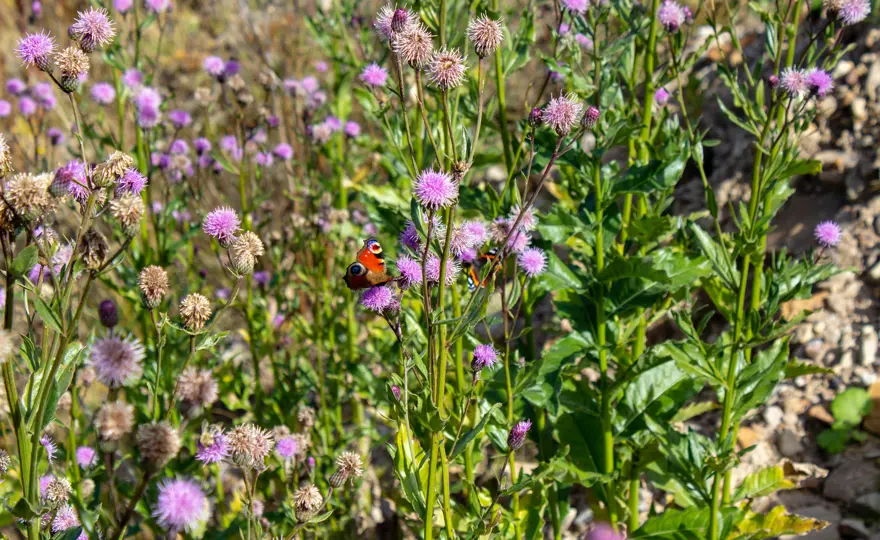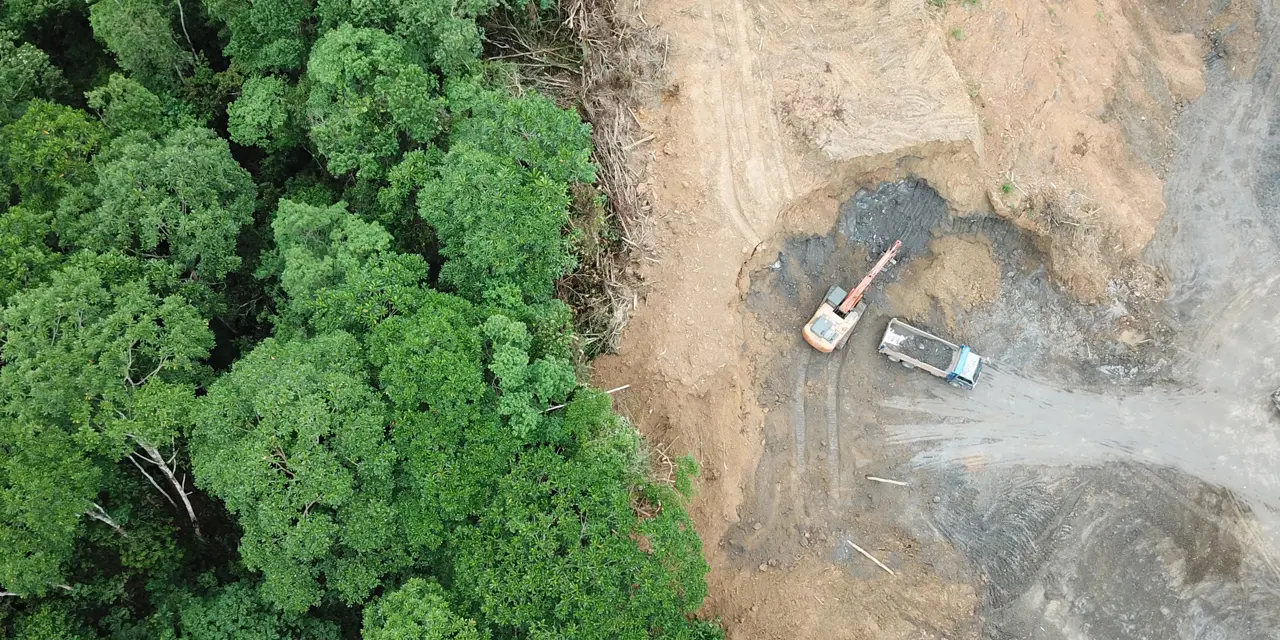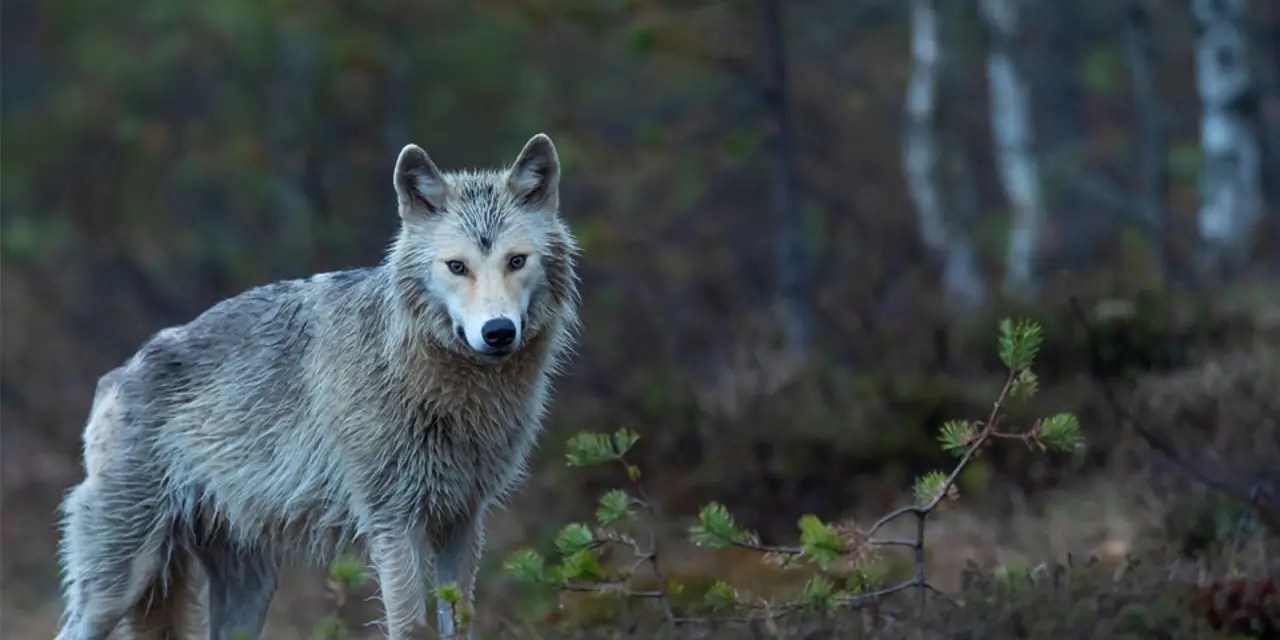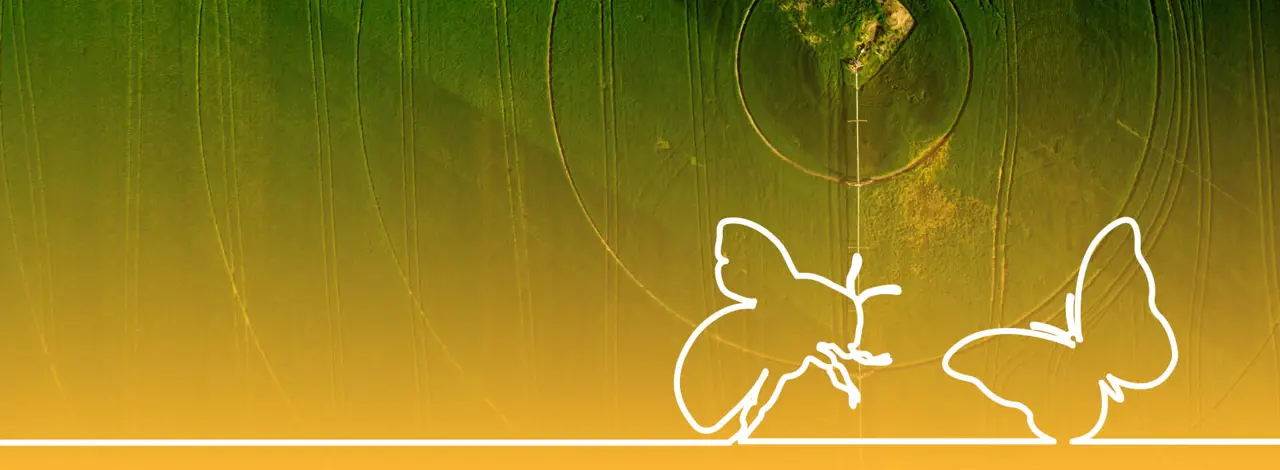ClientEarth Communications
25th July 2024


Biodiversity is the natural world around us, and the variety of all of the different kinds of organisms - the plants, animals, insects and microorganisms that live on our planet. Every one of these live and work together in ecosystems to maintain and support life on earth, and exist in delicate balance.
But why is protecting biodiversity so important? And what would happen if we didn't?
Biodiversity is one of the most precious and important things we have. We tend to think of it as something that’s just nice to look at, and enjoy spending time in, but it’s vital for so much more. Without biological diversity, our entire support system for human, as well as animal life, would collapse. We rely on nature to provide us with food and clean water, for a lot of medicines, and to prevent flooding and other extreme weather effects. So much is provided by the natural ecosystems around us – they’re truly vital to life on earth. The different plants and animals are interconnected in vital ways that we don’t even always understand.
Donate now to join the legal fight for nature
Because biodiversity is so crucial to our future survival, its loss is a crisis on a global scale. For the last few years, the climate crisis has been in the spotlight, as it should be, but if we fix the climate crisis and not the biodiversity crisis, mass extinctions - of not just wildlife but of humans too - may well happen anyway.
As terrifying a prospect as that is, we must tackle both crises with equal urgency. They are equal and twin crises – if we don’t fix the biodiversity crisis, we’re putting ourselves in a position where we won’t be able to feed ourselves, and we’ll have more and more serious natural disasters. There’s also more risk of zoonotic diseases, similar to Covid-19, transferring over to humans the more we encroach onto wild areas. It’s of vital importance that we stop and reverse the decline we’re already seeing.

Wealthier countries, usually in the global north, have seen decades of industrialisation and economic development, which has meant that a lot of biodiversity has already been destroyed, or at least pushed to the margins. We see these declines reflected in bird numbers, insect numbers and many others. It’s really important that as well as protecting the planet’s most special hotspots for biodiversity – rainforests in the Amazon or parts of Borneo, or the Western Ghats in India, for example – we remember that we also have a duty to restore species and habitats we’ve caused to deteriorate in parts of Europe. We need to do so for the planet, and to ensure that we don’t lose any more of them, but also for resilience. Some of these areas, like peatlands and wetlands, store carbon, therefore it’s incredibly important that we restore them so that they can help us tackle climate change, as well as providing habitats for many species. Conservation is key.
Another important issue is that of connectivity. There’s a risk that only focusing on protected areas and 'biodiversity hotspots' results in small islands of biodiversity that are undeniably very nice, but probably won’t fix the problem, as species struggle to move between them and different ecosystems cease to interact. It’s vitally important that nature is restored at a landscape scale, so there is connectivity and species can move around. This way there’s a wider ecosystem rather than only isolated protected areas.
Essentially all species and habitats are vulnerable, but how vulnerable they are depends on the pressures that are put on them. Certain habitats can be restored to an extent. They may not be quite as perfect as when nature created them, but pieces of land can re-wild, and plants can grow again. Whereas for some other habitats, if destroyed, they’re never coming back. Things like ancient, primeval forest for example, more trees can be planted, but this won't recreate an authentic species mix and get the lichens or insects on old, rotting wood that makes a primeval forest so special.
Equally, there are some species of which there are an awful lot more of than others. But that doesn’t mean we shouldn’t worry about them as well – we’ve seen species go from being very prevalent, to being extinct very quickly, because of human pressure. But there are some species where we know we have to pull out all the stops to save them because they are already in real trouble. There are a million species of plants and animals that are at risk of extinction if we don’t take certain actions.
It's a difficult question to answer, but there are certain things that ClientEarth can do, as a legal organisation, to make sure we’re pushing in the right direction. Reports have been published over the last couple of years from international expert groups stating that there are solutions to our biodiversity problems.
One is improving the rule of law, and ensuring that people have access to justice. This doesn’t immediately sound like something that could help restore biodiversity, but a lot of the pressures that are piled onto biodiversity are from developments or changes in how land is used, that affect people at a very local level. The rule of law helps to stop biodiversity loss by supporting people in looking after their own spaces and local communities.
It’s also important to think about how public money is spent – making sure that when we talk about subsidising things like agriculture and fishing, or developments of roads and factories, we do so in a way that bakes in the protection of nature and the environment. Huge amounts of public money currently go to projects or industries which damage the environment, so there’s a lot that can be done legally that ensures those subsidies are going to the right places. Otherwise, public money is just being spent destroying our future survival system.
The third key point is about making sure we have a cohesive set of international rules. ClientEarth inputted on a big, international treaty called the Convention on Biological Diversity (CBD), where countries from around the world came together to set targets on biodiversity that they can meet by 2030. They failed to meet the targets they set ten years ago, so more were set for 2030. Our input focused on trying to make sure that there are implementation mechanisms for the targets, so that countries have the best possible chance of actually delivering this time. We need to be able to check progress as we go, helping countries if they’re struggling with finance or implementation, so that they can share knowledge and work together to reach those targets in ten years’ time.
Finally, we make sure to attend the biennial Biodiversity COPs. Both COP15 and COP16 saw major agreements signed between countries all over the world, though action must follow words, as always,

We recently worked on a restoration law at EU level - which was adopted in February 2024. The EU, as part of its work towards CBD, wanted to be world leading in terms of habitat restoration, so we worked closely with other NGOs in Brussels and also with the European Commission, to influence them to take a really ambitious approach towards that law.
On a more local scale, we bring a range of cases across the EU and beyond the borders of the EU as well. For example, we work in the Western Balkans, bringing legal interventions to try and make sure we’re protecting the most important places and the wildlife that lives there.
We have some really strong conservation laws in Europe, but they’re not always enforced and implemented properly. Our job is to make sure those laws are being enforced better, and that the most precious places and animals are protected.
